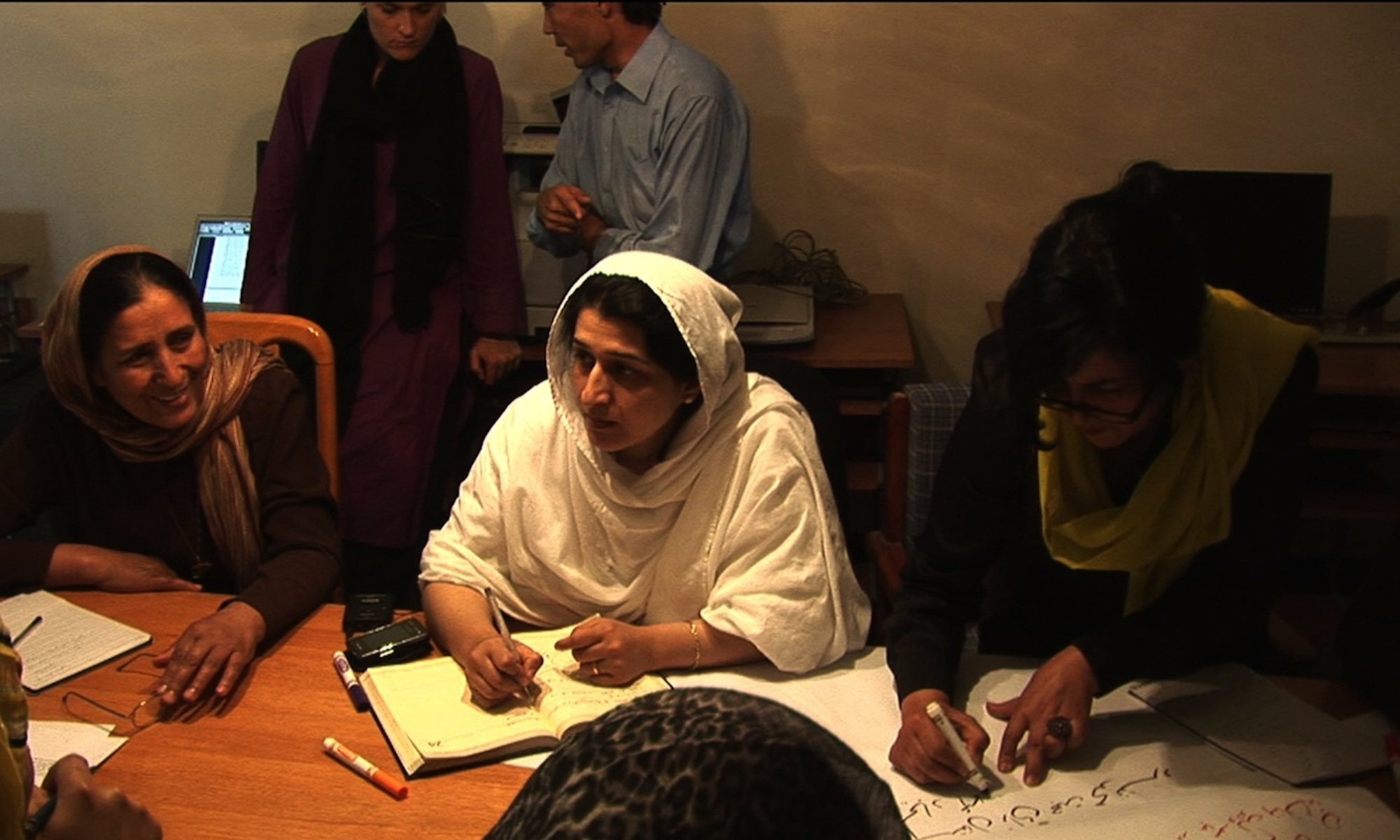This report reflects on this productive tension between the analysis and practice strands of conflict transformation, first concentrating on themes around the theories of conflict formation and the values that guide the field (Section 2), then exploring the dilemmas of intervention faced by conflict resolution practitioners (Section 3). Section 4 summarises the discussion that followed the presentation by Berghof of the systemic approach to conflict transformation – a potential tool for linking the stages of analysis and intervention in a more dynamic way and for devising strategic priorities for both research and practice. Finally, Section 5 outlines the vision for future research at Berghof, as inspired, endorsed, and enhanced by the Seminar.
From War to Politics: Resistance/Liberation Movements in Transition
Surviving the Peace: Challenges of War-to-Peace Transitions for Civil Society Organisations
This report seeks to address the question “what happens to protagonists for change once that change has been achieved?” by analysing the transformations of peace/human rights civil society organisations (CSOs) during peace processes and democratic transitions in South Africa and Guatemala. Section one clarifies the analytical ground by exploring the conceptual roots, definitional boundaries, organisational and functional characteristics, and normative understanding of CSOs, from an interdisciplinary perspective. Section two adopts a more dynamic approach, assessing the organisational and functional shifts undergone by CSOs during and in the aftermath of peace processes and democratic transitions. This literature survey is then followed, in sections three and four, by two empirical studies on CSOs in South Africa and Guatemala, where interviews were collected in April 2007 with current and former members of relevant organisations. The conclusion, finally, draws a brief comparative summary of the main findings in both case studies, and derives a few conceptual and practical implications for the research, CSO and international donor communities.
Transitions from Violence to Peace: Revisiting Analysis and Intervention in Conflict Transformation.
Nonviolent Resistance and Conflict Transformation in Power Asymmetries
This article argues that nonviolent resistance should instead be seen as an integral part of conflict transformation, offering one possible approach to achieving peace and justice, alongside other methods of conflict intervention focusing on dialogue, problem-solving and the restoration of cooperative relationships (e.g. mediation, negotiation, restorative justice, etc.). It is especially relevant for the early transitional stage of latent asymmetric conflicts, as a strategy for empowering grievance groups (oppressed minorities or disempowered majorities) looking for constructive and efficient ways to attain justice, human rights and democracy without recourse to violence. While nonviolent techniques have been widely used by single-interest groups such as trade unions and anti-nuclear, indigenous or environmentalist movements, this article refers primarily to nation-wide campaigns by identity or national groups who are challenging internal oppression or external aggression and occupation, and seeking either self-determination or civil rights in a truly democratic and multicultural state. Although nonviolent action has also been advocated as a national strategy of civilian-based defence and dissuasion against external aggression, this article focuses more specifically on ways it has been applied by non-state actors such as social movements and grassroots organisations.
